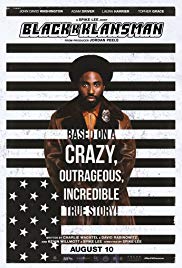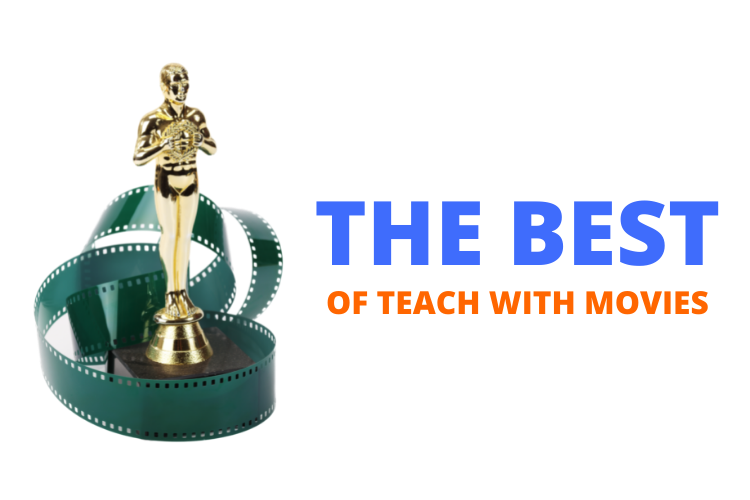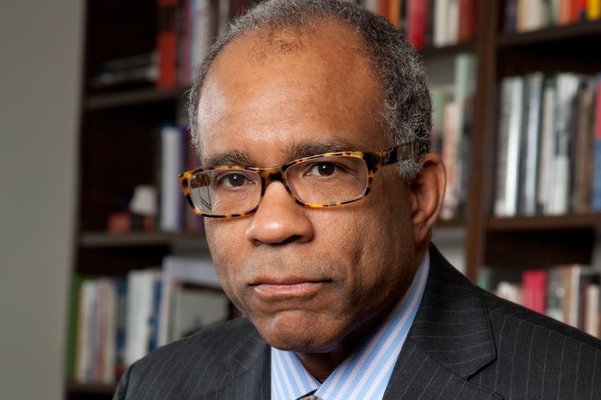1. It has been said that this film is director Spike Lee’s ode to integration. What is an “ode” and do you agree or disagree with that description? Defend your position.
Suggested Response:
An ode is a hymn of praise. The film, while it expresses a romantic feeling for “Black Power,” shows a black man, integrating into the larger society, and doing something good for all Americans by infiltrating the KKK. This incident shows that the KKK is ridiculous but also dangerous.
2. There are two radical groups depicted in this story, the KKK and the Black Power movement. What is this movie telling us about them?
Suggested Response:
That neither is right and that the only way ahead for America is integration.
3. [Ask for volunteers from the class to give one response to this question. Tell students that reasonable people may disagree and that if they disagree with what one of their classmates has to say or have anything to add, to raise their hand and they’ll be given a chance to contribute. Here is the suggested question:] “Farce is a type of comedy which uses exaggeration, buffoonery, and ludicrously improbable situations to evoke laughter or to amuse its audience. Great comedy also contains an element of truth. Name a scene in BlacKkKlansman that is farcical but also contains a kernel of truth. Describe the scene the truth that it refers to..” [Teachers: you may have to prod a little by asking more than once, “What is the truth here?”]
Suggested Responses:
-
- The entire situation of a black police detective becoming a member of the KKK is ludicrously improbable. The truth is, it really happened. Another truth that this incident tells us is that racists cannot recognize the “inferiority” of blacks by anything other than the mere color of a person’s skin, which, of course, tells us nothing about who a person really is.
- Felix Hendrikson, the Klansman who was suspicious of Stallworth’s stand-in, has healthy doses of farce in his characterization, especially in the fictional scene with the lie detector. There are several levels of truth here. First, there are some people whose hatred and absorption with a cause is this intense. Second, he was right, the stand-in was a police officer.
- The characterization of Connie Hendrikson, a woman obsessed with proving herself to be valuable to the Klan, is also farcical. As for truth, we don’t know if such characters exist, but they probably do. Some people are so desperate to ingratiate themselves to others that they will take really stupid, sometimes criminal actions.
- The stupid drunken Klansman is farcical. The kernel of truth here is that while some of the Klansmen have more polish, such as the Klan leaders, underneath they are all very much like the drunken oaf embodied in this character.
- The character of David Duke is true to life, but this shows how farcical he really is. He is a leader of the Klan which is based on the belief that black people are “inferior” but can still be conned by a black person. He cannot tell that he is dealing with an “inferior” until he sees the color of the black man’s skin, which means that the skin color tells us nothing about the real person inside.
- The ceremonies of the Klan are ridiculous. The truth here is that the real Klan engages in similarly ridiculous rituals. You can find videos of them on the Internet.
- The positions taken by “Kwame Ture” and the attitude of the student leader, the character Patrice Dumas, both have elements of farce because they do little except express the justified anger of Black Americans about how they have been treated. Who in this film actually benefits African Americans? The answer is Ron Stallworth, by working with his fellow white officers to infiltrate and neutralize the KKK.
4. What are the strengths of this film?
Suggested Response:
There is no one correct response. A strong response will be that it is funny and the humor has strong elements of truth.
5. What are the weaknesses of this film?
Suggested Response:
There is no one correct response. A strong response will be that there are a few weird scenes that make little sense like the walk up the hall by Stallworth and Dumas, which is a scene apparently repeated in most of Spike Lee’s films.
6. Whose actions in this film actually benefit African Americans and, actually, all Americans? Is it the KKK, the Black Power people like Kwame Ture, the black student leader Patrice Dumas, or Ron Stallworth? Defend your answer.
Suggested Response:
Ron Stallworth and his fellow officers are the only people who actually help society by infiltrating and neutralizing the local branch of the KKK.
7. What is the role of irony in this story?
Suggested Response:
The concept of a black man becoming a member of the KKK is ironic. The fact that David Duke the Grand Wizard of the KKK had heartfelt telephone conversations with a black man is ironic.





